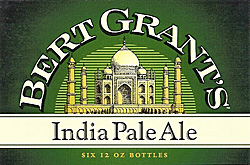

Grant's India Pale Ale
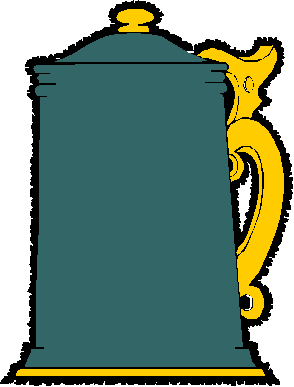



Review Date 10/4/2002 By John Staradumsky
I remember the
first time I tasted a Grantís India Pale Ale. It was many years ago
(close to ten I suspect) and I was beside myself with glee when I heard that
Grantís brews were being sold in the Ocean State. Back then, we didnít see a
lot of beers from the Pacific Northwest region being imported to New
England, so I didnít bat an eye at the $11 a six pack these beers sold for.
I just bought them and enjoyed the heck out of them.
Today, Bert Grant the man is no longer with us, though fortunately his beers
live on. A true legend in the beer world, Grant had a huge part in the craft
brew renaissance we beer lovers enjoy today. His brewery lives on under new
ownership, and his line of beers has expanded. Grantís touts its beers as
being big and bold, and while thatís true for the most part they do seem to
have lost a bit of the character they displayed when Bert was at the helm.
One of my favorite Grantís beers is the hearty India Pale Ale. I
recall a unique floral character and toasty maltiness in this beer when I
first tasted it so many moons ago. To be sure, it still possesses those
qualities, but in altogether different proportions. Hereís what Grantís
tells you about the beer on the bottle:
British servicemen in 19th century India slaked their thirst with highly
hopped pale ales sent from their homeland. Generous hopping helped stabilize
the brews during shipping and also made them particularly refreshing in
India's hot climate. Grant's recreates these medium-bodied India Pale Ales
with Yakima-grown Galena and Cascade hops. India Pale Ale is a hop lovers
dream, with a blend of butterscotch and caramel aromas and a crisp finish..
There are different ideas about India Pale Ale as it first appeared in 19th
century England. As Grantís describes it, the beers were highly hopped to
survive the long ocean voyage. Undoubtedly, some of that hop character would
have mellowed by the time the beer reached India. Still, the brew would have
maintained much of its bitterness and spiciness. There are reports too that
it may have been watered down at times before serving.
It is also probable that some of the beer got diverted to the home market,
though how much may never be known. Perhaps some of those who tried it
enjoyed the lively, extremely vibrant hop flavors of the beer. Combined with
the demand for very hoppy brews returning troops must have created in the
home market, a taste for a new style was born: India Pale Ale.
Most of the English India Pale Ales I have tasted lean toward the milder
side, probably even less hoppy than what the troops got in India. On the
other hand, many brewers in the United States today produce super-hoppy IPAs
that would lean closer to the raw, young brews as they might have tasted
before shipping. Then too, many domestic brewers use new hop varieties that
give their beer entirely new aspects.
Bert Grantís India Pale Ale falls somewhere in between the two. It is
certainly a deliciously hoppy brew, hoppier than some, less hoppy than
others. The beer pours to a bright golden color with a lively, foamy head
formation and a spicy hop nose. A beautiful Brussels lace follows the beer
down the glass. The palate is medium in body and lightly malty with a
slightly toasty, lightly buttery flavor. Grapefruit-like hop notes develop
just before a very impressive bitterness builds into the finish, where it
lingers on the tongue after sipping.
This is a rather complex and very enjoyable India Pale Ale. I enjoy it as an
aperitif before dinner, but it is also a good companion to fresh salads and
spicy foods.
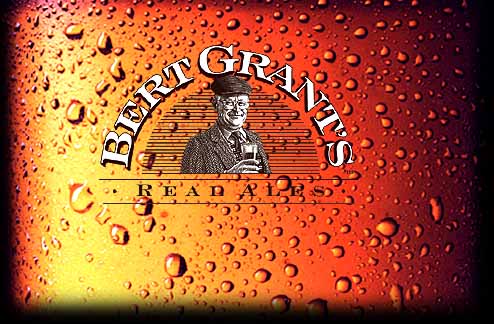
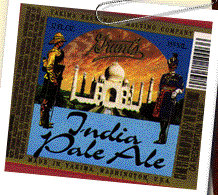
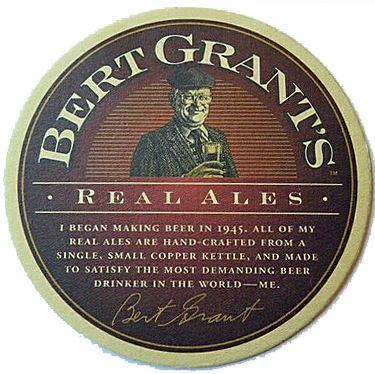
Glad I tried it?
T
Would I rebuy it??
*Pricing data accurate at time of review or latest update. For reference only, based on actual price paid by reviewer.
(B)=Bottled, Canned
(D)=Draft